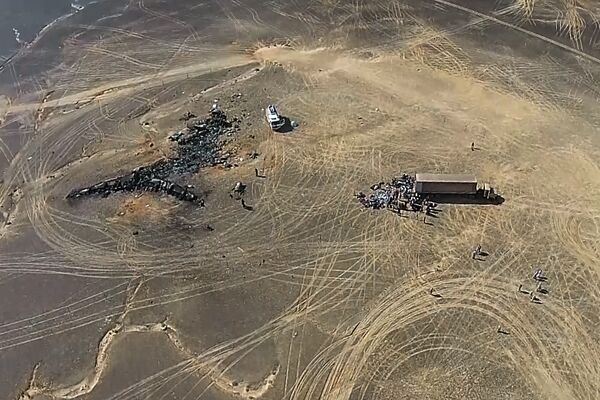"The Russian special services have found that the IED could be prepared using the C-4 plastic explosive, which was designed in the US, and which is now produced in many countries", the source said.
It added that this is something that considerably expands the list of potential criminals involved in the terrorist attack, which the source said may complicate the search for the perpetrators.

The explosive was likely to have been placed under a passenger seat near a window of the aircraft, judging by the damage to the fuselage. The investigators believe some 250-300 grams (8.8-10.5 ounces) of the explosive were stored in a Schweppes can.
They said that the bomb was placed and activated by an employee working at Sharm el-Sheikh airport. The perpetrator was likely to have been a professional who had undergone training.
The terrorist group Daesh (ISIL/the Islamic State), which is outlawed in Russia and many other countries, claimed responsibility for the attack.






